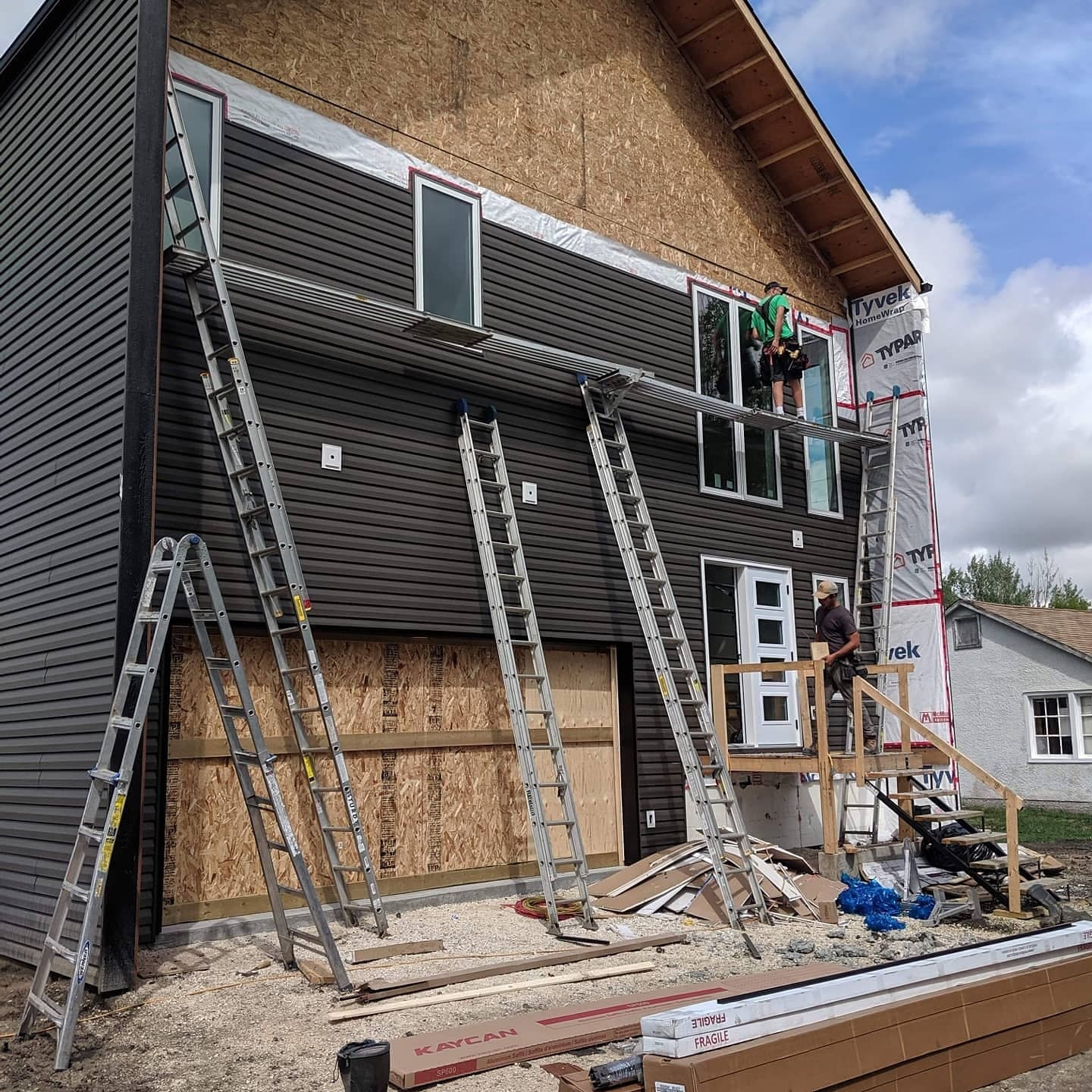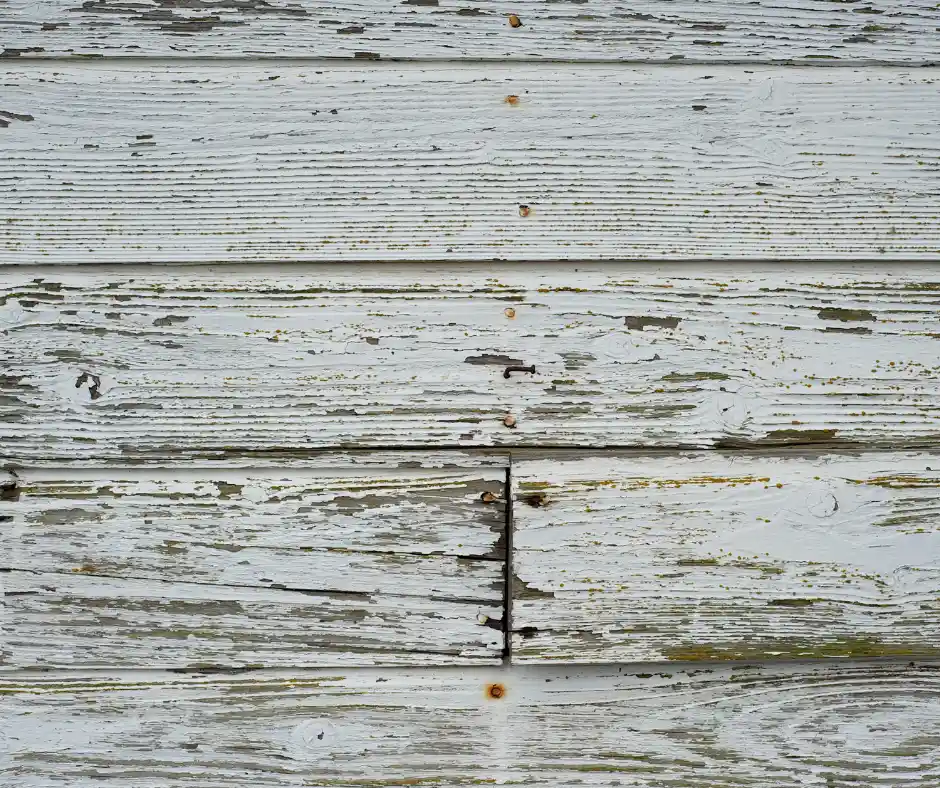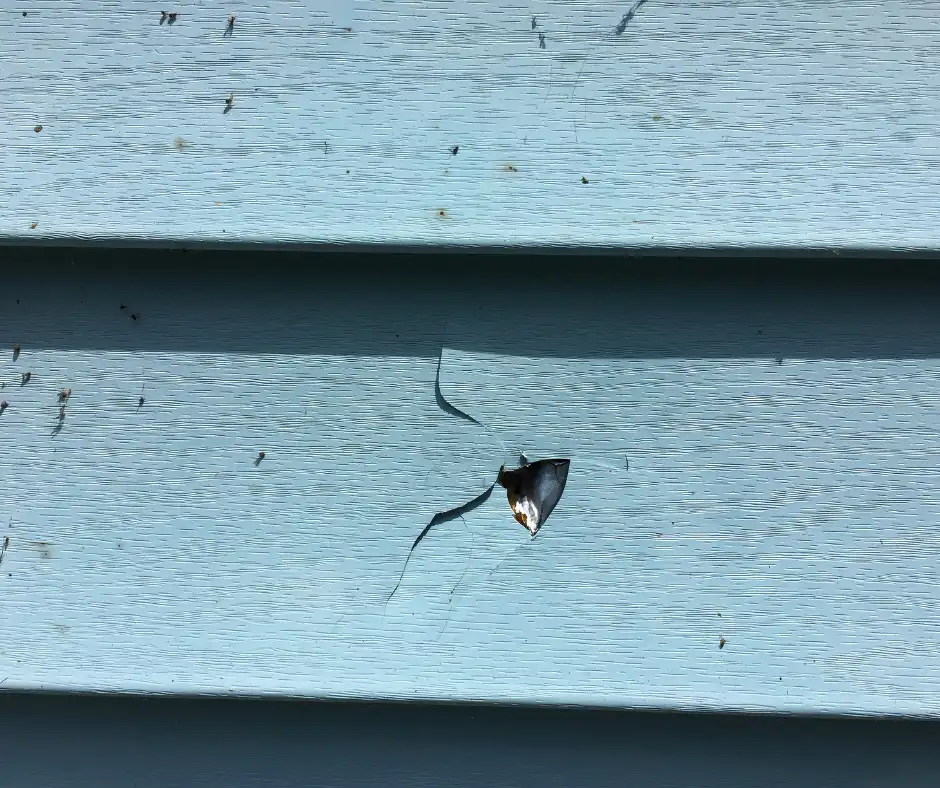Siding Damage: When to Replace and When to Repair

Siding is one of the main components of your home. It shields your home from the elements, keeps out pests, and adds to the stylish appeal of your property. Unfortunately, siding is also powerless to damage from the strength of storms and hail, thus, siding damage is inevitable.
In this article from the experts at All Weather Exteriors Winnipeg roofing contractor, we’ll explain the potential outcomes of damages to your siding, what occurs if the harm is passed on in deterioration, and ways of keeping the damage from happening.
Sadly, the damage isn’t generally always visible unless you take the time to inspect your siding inside and out and know what to search for. The following are the normal kinds of climate elements that can harm your siding and the sort of damage these kinds of storms can cause to your siding:
● Wind
Solid breeze blasts can literally rip the siding right from your home. Depending upon the sort of siding you have, you might see holes where the siding is totally missing, or you might see the siding is simply fluttering around in the breeze. Regardless, the siding should be fixed or replaced, depending on the type of siding, the age of the siding, the state of the siding, and how broad the damage is.
● Hail
Some people know to examine their roof after a hail storm, yet barely any remember to look at their siding. Very much like with roofs, hail can result in marks on your siding. Hail doesn’t necessarily in all cases fall straight down; it can fall sideways, making imprints and harming your siding. These scratches can permit water to begin to frame, make rust structure, or lead to breaks or breaks. In the event that you notice any breaks, dings, or scratches in your siding following a hail storm, your siding probably should be replaced.
● Water and Flood
The most widely recognized reason for damage to your siding is brought about by exorbitant measures of water. Contingent upon the kind of siding, you might see indications of water damage that incorporates staining, twisting, or decaying. Water damage ought to constantly be fixed promptly, as much of the time, water is sitting not just on the siding, but behind the siding damaging inside portions of your home also.

While solid, low maintenance, and appealing, vinyl siding can be truly damaged during a storm. The three most normal sorts of damage sustained by vinyl siding are:
Evidence of siding damage
1. Cracking: Parts or breaks that run lined up with the siding, frequently in half-circles, most frequently tracked down mid-way between the valley and edges of the board.
2. Chipping: A chip is a little piece of siding that has been severed – typically looking like a half-circle at the lower part of a siding board edge, where the siding has no inward flexibility to ingest an immediate hit. Can best be seen when looking upward, from underneath a board section.
3. Breaking and Holes: In extreme storm damage circumstances siding can break or holes can be punched into the siding by enormous hailstones and flying debris. In the event that your siding is broken or has openings in it, then it is no longer protecting your home from the elements and should be inspected by a Winnipeg roofing contractor as quickly as time permits.
What Are the Drawn-out Impacts of Wind Damage to My Home’s Siding?
On the off chance that wind damage isn’t perfectly repaired, it can prompt various long-term issues for your home, including:
Increased Energy Bills
One of the most widely recognized long-term impacts of wind damage to your home’s siding is increased energy bills. This is because that harmed siding is less energy proficient than undamaged siding.
Subsequently, your home will have to work harder (and utilize more energy) to keep a comfortable internal temperature. This can prompt a huge expansion in your energy bills.
Pest Invasion
Another drawn-out impact of wind damage to your home’s siding is an expanded gamble of pest infestation. This is because damaged siding gives easy access to pests to enter your home.
When inside, these pests can lead to a wide range of issues, from contaminating your food to damaging your belongings. In certain cases, they could pose a danger to your family’s well-being and safety.
Structural Damage
Finally, if wind damage is not properly repaired, it can ultimately prompt extreme underlying harm to your home. This is because damaged siding can no longer uphold the heaviness of the entirety of your home’s construction.
Subsequently, the heaviness of your home’s construction will be moved to different parts of your home, like the foundation. Over time, this can create difficult issues for your home that will cost more over the long run.

Keeping your Home Exterior Safe
You can keep away from an exorbitant repair from storm damage if you ensure you check the siding and other exterior components of your home occasionally. Searching for any breaks, openings, dimples, or loose areas can prompt a basic, cost-effective repair that can save you from being required to replace all of your sidings after that next big storm.
If you’re looking to replace the siding on your home in Winnipeg, search for siding that holds up well in a wide range of climates and is harmless to the ecosystem. It will get a good deal on exterior repairs while saving you money on the inside with energy efficiency. On the off chance that you have any worries about replacing your windows or siding, contact All Weather Exteriors today!

Leave a Reply
You must be logged in to post a comment.